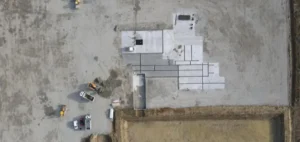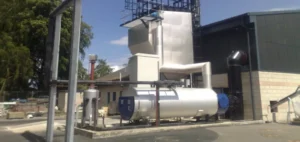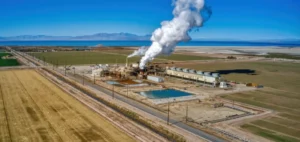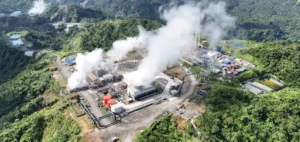Ethiopia is working to strengthen the resilience of its energy mix by tapping into the geothermal resources of the Great Rift Valley. The country, historically reliant on hydropower, now estimates its geothermal potential at over 1,000 megawatts, according to recent assessments by the state-owned Ethiopian Electric Power. This capacity could replace the equivalent of 500 mn litres of imported diesel annually, reducing both costs and energy vulnerability.
A series of pilot and industrial projects
Several concrete initiatives illustrate this diversification strategy. In Tulu Moye, a 150-megawatt geothermal project is under development, with an initial 50-megawatt phase led by private sector actors. At the Aluto Langano site, home to the country’s first operational geothermal plant, capacity is expected to rise from 7.3 to 75 megawatts. In 2022, Kenya Electricity Generating Company (KenGen) drilled a 3,000-metre well there, strengthening regional cooperation in the sector.
Still limited capacity
To date, Ethiopia’s installed geothermal capacity remains modest. According to the International Renewable Energy Agency (IRENA), it reached only 7 megawatts by the end of 2024, far behind Kenya’s 940 megawatts. However, new projects such as Corbetti (targeting 500 megawatts) and Tendaho (20 megawatts expandable to 100 megawatts) are in planning or launch phases, with the goal of closing this gap.
Key funding and international partnerships
Sector development is benefiting from a favourable financial environment. The World Bank is supporting the Geothermal Energy Development Project with a $350 mn commitment, aiming to mitigate exploration risks. This framework has attracted investors such as Meridiam, the U.S. International Development Finance Corporation (DFC), and Iceland Drilling Company.
Competitive cost for local industries
The cost of geothermal electricity production in Ethiopia is estimated between $0.05 and $0.07/kWh, well below diesel’s $0.25/kWh. This pricing makes the technology particularly attractive for industrial zones and could generate up to 10,000 direct and indirect jobs by 2030.






















